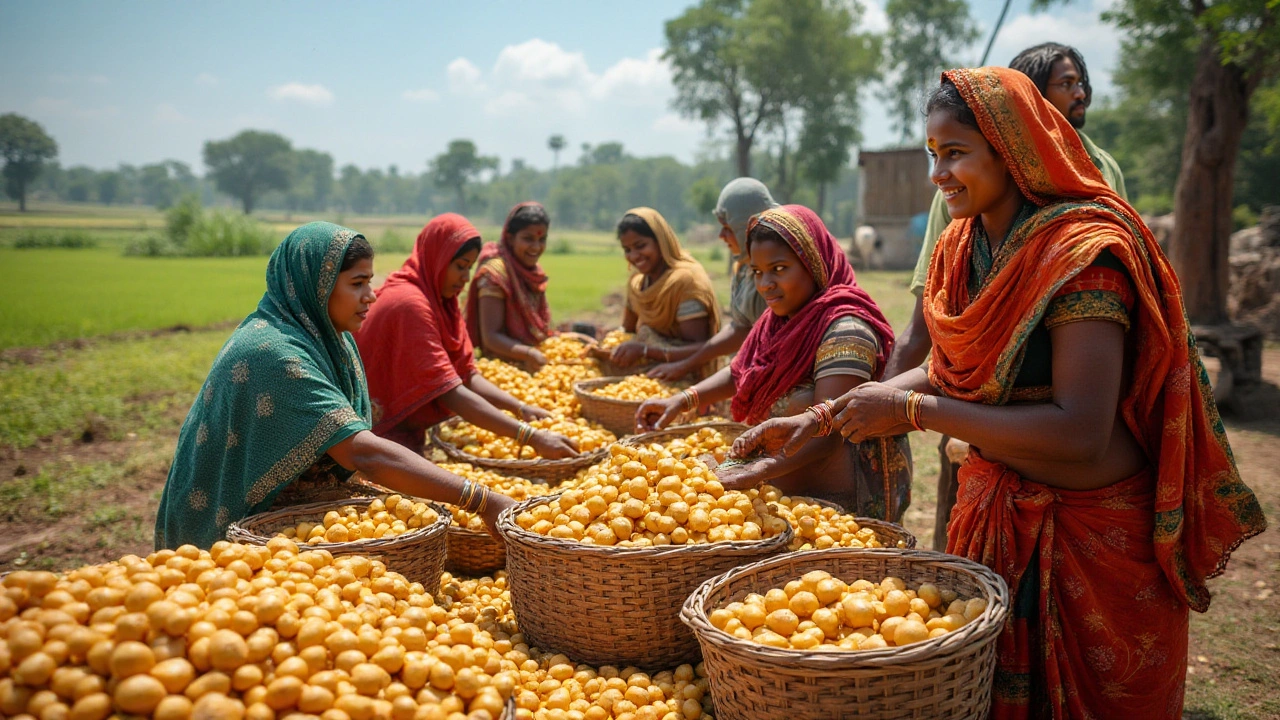The journey of the potato as a staple in Indian cuisine is a fascinating tale rooted in international trade and cultural adoption. Originally from the Andes region in South America, potatoes found their way to India through European explorers in the 16th century. Over centuries, they have become an integral part of Indian agriculture and cuisine. This article explores the history, cultivation, and culinary diversity of potatoes in Indian culture.
Potatoes: How to Grow Them Right in Indian Gardens
When you think of potatoes, a starchy tuber crop grown widely across India for both home use and commercial sale. Also known as spuds, they’re one of the most reliable crops for small gardens and large farms alike. Unlike tomatoes or chillies, potatoes don’t need constant attention once planted—but they do demand the right conditions. Get the soil wrong, plant at the wrong time, or pick the wrong variety, and you’ll end up with small, misshapen tubers or worse—rot in the ground.
What makes potatoes work in India isn’t just luck. It’s understanding that they grow best in cool, well-drained soil, a loose, sandy-loam mix that lets tubers expand without restriction. Most Indian soils are too heavy or too wet, especially after monsoons. That’s why adding compost, a natural soil amendment that improves texture and feeds plants slowly. is non-negotiable. You don’t need fancy fertilizers. A few handfuls of well-rotted manure or kitchen scraps turned into compost do more than any chemical blend. And timing? Plant them between October and December in most parts of India. Too early, and heat kills the sprouts. Too late, and monsoon rain rots the tubers.
Potatoes also need space. Crowded plants mean small yields. Use raised beds or deep containers if your ground is clay-heavy. Choose varieties like Kufri Jyoti or Kufri Chandramukhi—they’re bred for Indian conditions and resist common diseases. Skip the supermarket tubers; they’re often treated to stop sprouting. Instead, buy certified seed potatoes from local nurseries or trusted farmers.
You’ll find plenty of posts here that dig into the real details: how to fix poor soil, how to spot early blight before it spreads, why some gardeners swear by planting with neem cake, and which potato varieties thrive in Punjab versus Tamil Nadu. There’s no one-size-fits-all method, but the advice below comes from people who’ve grown potatoes successfully in their own backyards—no theory, just results.
